A cocoa farmer in Ghana is angry. His farm has been destroyed and his main livelihood for the year strewn in pieces across his farm.
The government will not compensate him.
Elephants have trashed the place and eaten his cocoa pods.
A favorite restaurant
"They've developed a taste for it," said Enoch Ashie, park manager of Kakum Conservation Area in Ghana, speaking to ConfectioneryNews in his office within the park.
Elephants often return to the same cocoa farm or revisit after several years, he said. "It's like returning to a favorite restaurant.”
Kakum Conservation Area
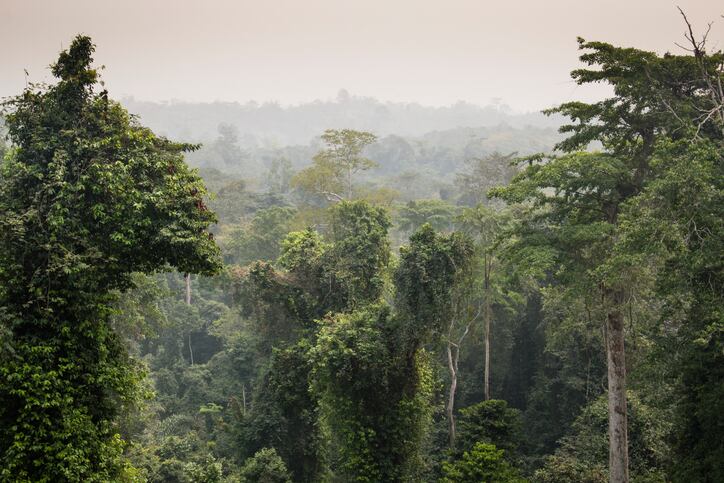
The government-managed Kakum Conservation Area in Ghana comprises Assin Attandanso Forest Reserve and Kakum National Park.
The 375 sq km tropical rainforest is home to endangered species such as African elephants, Diana monkeys and giant bongo antelope. The area was designated as a national park in 1992.
The park attracts rainfall suitable for cocoa production, which has encouraged farmers from other regions with degraded land to settle near its boundaries.
The elephants even know to visit around harvest season in September, according to Ashie.
"Sometimes the farmers come and are furious. They think the elephants are witches! How do they know their crop is ready?
"They refer to the elephants as 'your' elephants and say they have destroyed their farm,” he said.
The park hopes to ease tensions and is looking to the cocoa and chocolate industry for support to work with thousands of cocoa farmers, whose farms are right next door to the forest.
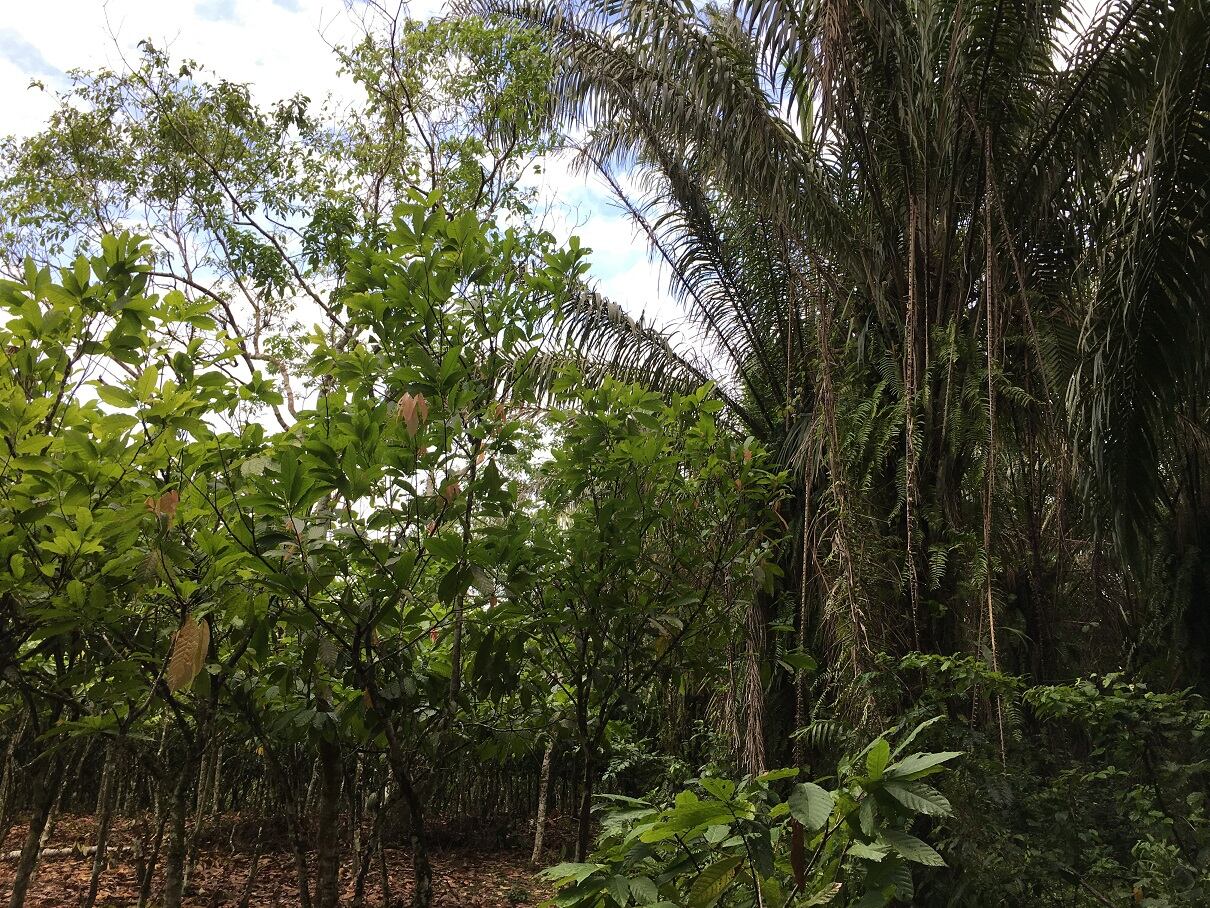
Unsustainable land use
Around Kakum Conservation Area’s 200 km perimeter are around 50 communities with a population of 40,000, whose main activity is cocoa.
"The park is managed by government, but just across the boundary the land belongs to individuals from these communities,” said Kakum’s park manager.
“They decide how these lands will be used and that's where the challenge comes because the use of land currently has been unsustainable,” he said.
The park worries farmers may expand cocoa farms into the forest to makes ends meet. Farmers - often with little education and living in poverty – have low cocoa yields using outdated farming techniques.
Farmers have not yet expanded into the park – which is policed by park-appointed enforcement officers– but they are right next to its boundaries with few others areas in which to extend.
And their proximity is already having negative effects.
"It creates problems for us because the park is not fenced,” said Ashie. "Where there's high poverty there's heavy dependence on natural resources."
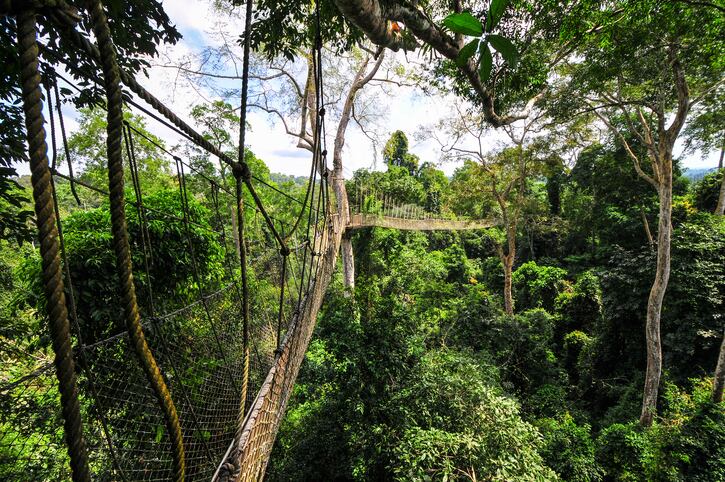
Farmers for example chop the forest for firewood for their cooking or harvest bark from the rainforest for use in traditional medicines.
This shrinks habitats for endangered bird species that live in the protected area.
"We don’t have a buffer for the park. As soon as you move out of the park you are on someone's land. Previously farmers were not farming so close,” said Ashie.
Community-led buffer zones
The park has started working with cocoa ingredients supplier Olam to create Community Resource Management Areas (CRMAs) for cocoa farms within 50 metres (164 feet) of the park’s perimeter.
"We are trying to encourage communities to have their own management areas. These will serve as buffers for the park,” said Ashie.
The CRMAs encourage farmers to rehabilitate their cocoa farms and plant additional crops for income.
The idea is to increase yields so farmers don’t encroach onto the forest and depend on its resources.
"[The CRMA] is also probably going to enhance rainfall and that's good for their farming activities,” said Ashie.
A few farmers have created CRMAs that can be used as an example for others, but the park has had no engagement with cocoa and chocolate companies other than Olam.
Pepper fencing
Ashie said government would ideally buy land to create a controlled buffer zone, but it would acquire parliamentary approval and is unlikely to happen anytime soon.
He said CRMAs can also install pepper fencing – wire fences with hot chilli peppers – which have a scent to ward off elephants.
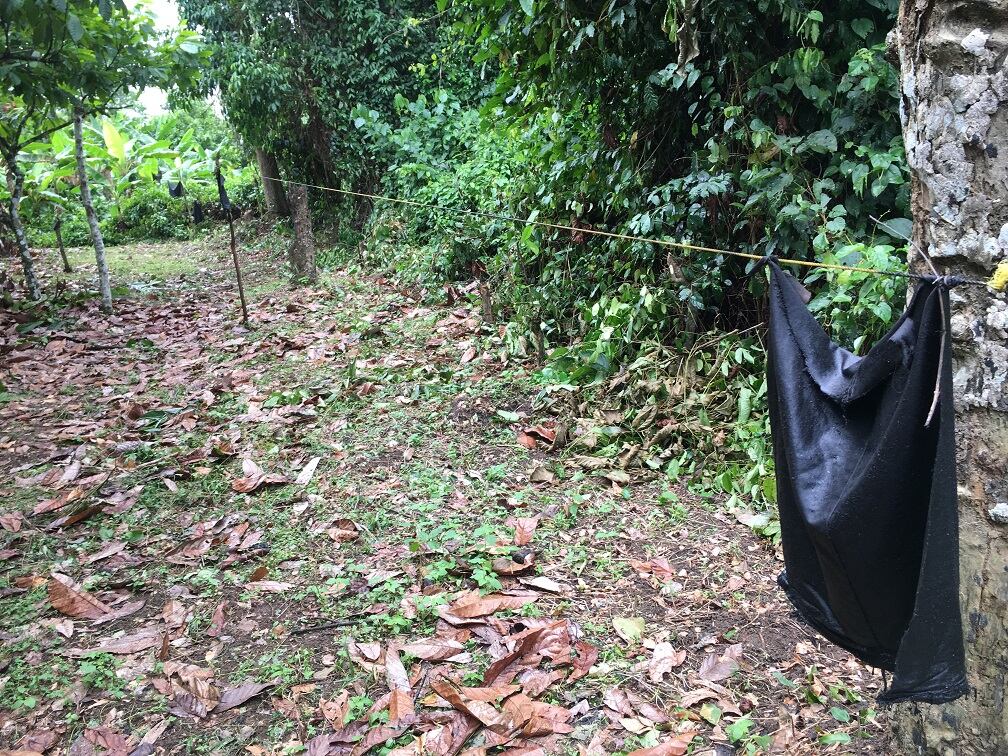
“It’s like pepper spray for elephants,” said the park manager.
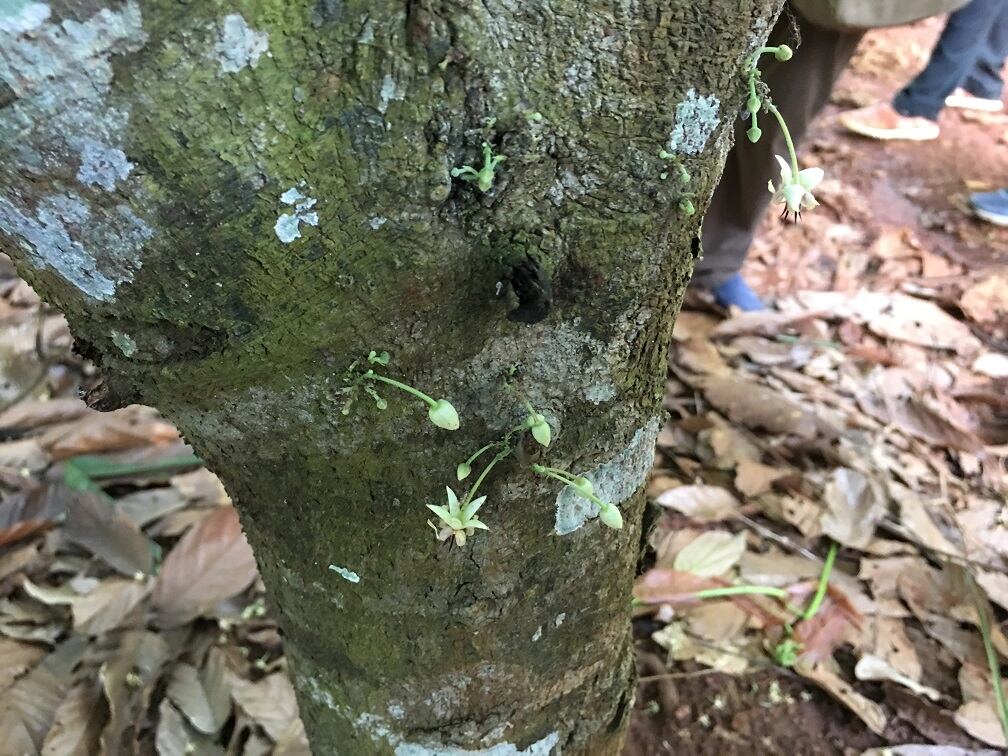
According to Ashie, this will create corridors for elephant movement, safeguarding the species.
He said protecting elephants benefits cocoa farmers since elephants discourage species that prey on pollinating insects, which can increase cocoa yields.
The Ghanaian government has begun an artificial pollination program – whereby field agents use forceps to pollinate flowers. But the program so far covers only 1% of farmers in the country.
"We are not appreciating the services the environment provides for us,” said Kakum’s park manager.
Beehive fences
Cocoa-driven deforestation
Ghana's protected forest areas make up roughly 6% of the country's land area. A report last year by NGO Mighty Earth said Ghana lost 7,000 sq km of forest between 2001 and 2014 - about 10% of its entire tree cover. The non-profit alleged a quarter of the deforestation was connected to the chocolate industry. Major cocoa and chocolate companies under the ‘Cocoa & Forests Initiative’ signed frameworks to end cocoa-driven deforestation Ghana and Côte d’Ivoire, in pledges made at the UN Climate Change Conference (COP23). See HERE for more details.
Ashie also advocates erecting beehive fences on cocoa farm’s boundaries with the protected park, which can pollinate cocoa flowers and reduce dependence on pesticides and fertilizers.
This may also reduce costs for farmers.
Two farmers with a farm on the park’s boundaries told us they paid around 100 Ghana Cedis ($21) for two labourers to apply pesticides per season.
It doesn’t sound much – but many cocoa farmers live below the international poverty line on less than $1.90 a day.
Bees also enter the trunk and ears of the elephants causing irritation and they never want to come close again
Ashie said in the long term, other crops, unappealing to elephants, could be planted in place of cocoa 50 metres next to the park's perimeters.
The cocoa industry’s support can help cocoa farmers and elephants co-exist without conflict, he said.
Measuring impact: Lumina Intelligence

Lumina Intelligence – a new insights company from ConfectioneryNews’ publisher William Reed – was in Ghana with Olam to develop its first company impact reports.
Lumina Intelligence’s sustainability subscription service will measure and compare company progress in cocoa, coffee teas programs against the UN sustainability goals, to assess if investments are making a difference.
The platform – intended for brands, suppliers, investors, consultants organizations and NGOs - will launch in late 2018. Contact Oliver Nieburg for further details.
